The Victor Monument, a striking nude male sculpture standing atop the highest point of Belgrade Fortress, is the most recognizable symbol of Belgrade. Overlooking the majestic confluence of the Sava and Danube rivers, this iconic statue, known as “Pobednik” in Serbian, draws thousands of visitors each year. It offers not only breathtaking views of the city but also a profound connection to Belgrade’s storied past.
Table of Contents
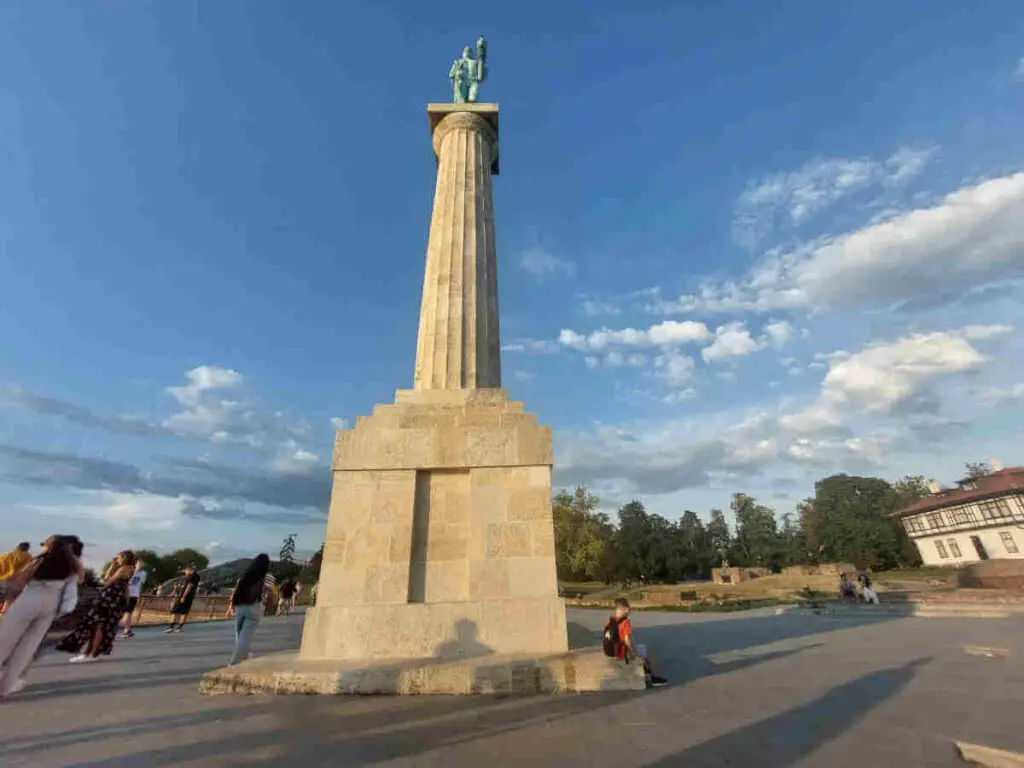
The Victor Monument Origin and Location
The Victor Monument was commissioned to celebrate Serbia’s victories in the Balkan Wars (1912-1913). Initially conceived as a fountain to be placed in Terazije Square, its central piece—the Victor male figure—was completed by the onset of World War I. The sculpture survived the bombings as it was safeguarded in a house in the Senjak neighborhood of Belgrade.
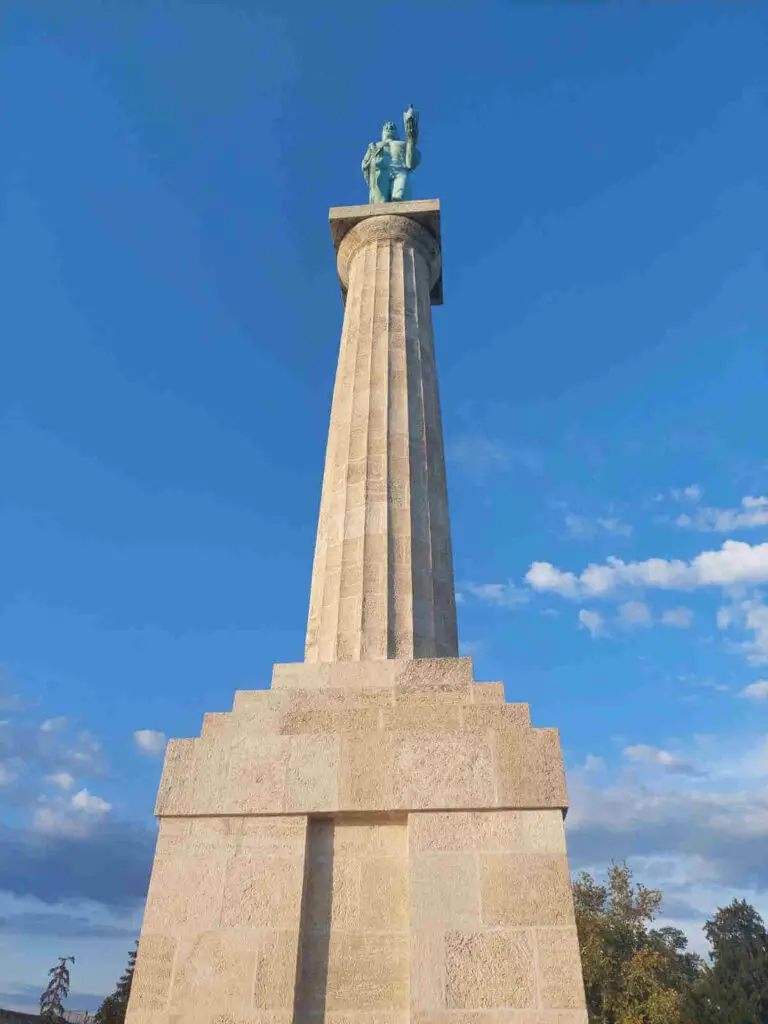
After the war, the fountain idea was abandoned, and the Victor sculpture was instead placed on a high pedestal reminiscent of a Doric column. Due to the statue’s nudity and the potential for public scandal, the Terazije Square location was also dismissed. Belgrade Fortress’ Kalemegdan Park was chosen as the ideal spot, a decision that not only mitigated controversy but also provided a more fitting backdrop for the statue, enhancing its symbolic power and visual impact.
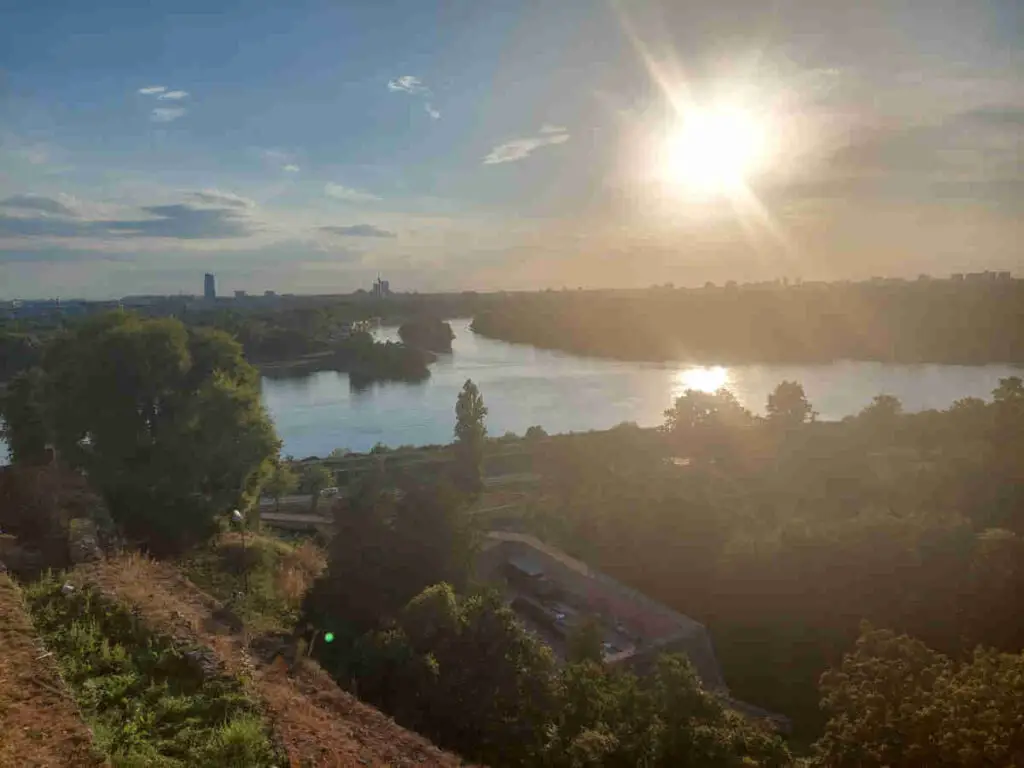
Overlooking the city from a high spot on Belgrade Fortress, the sculpture faces the Sava River and the newly liberated parts of the Kingdom of Yugoslavia, symbolizing victory in World War I. Renamed “The Messenger of Victory,” the monument was officially unveiled in 1928 to celebrate the tenth anniversary of the breakthrough of the Salonika Front.
Design and Materials
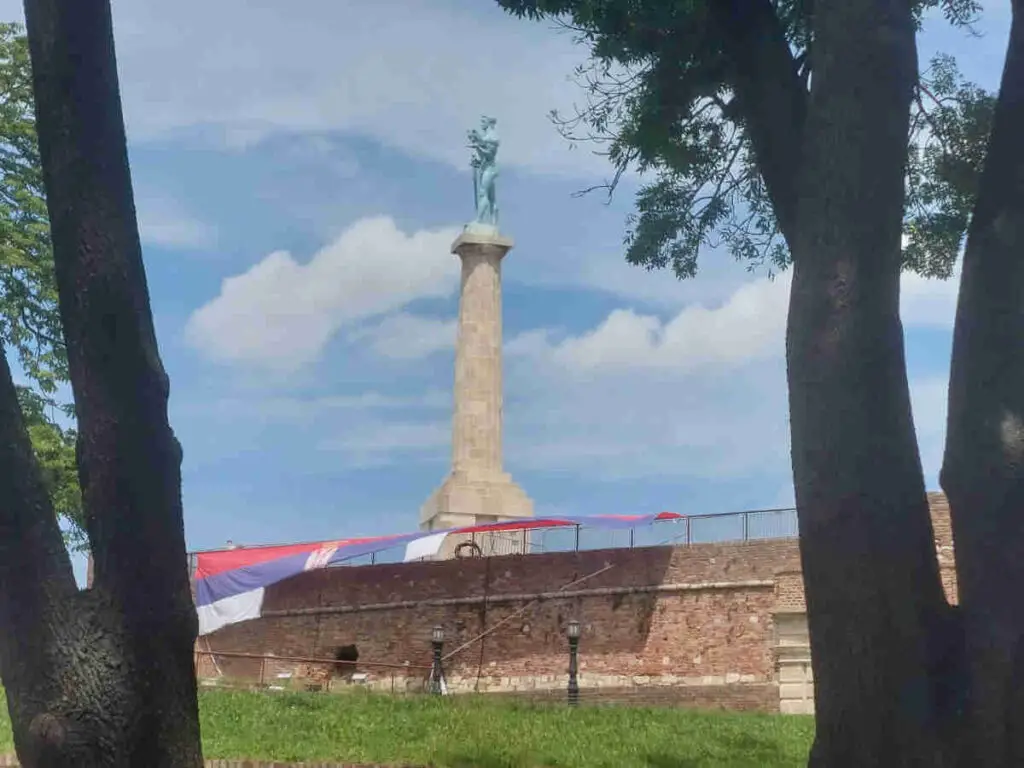
Standing at an impressive 14 meters (46 feet) in height, including the pedestal, the Victor Monument is crafted from bronze and granite. The statue itself measures approximately 4.25 meters (14 feet) and depicts a nude male figure holding a sword in his right hand and a falcon in his left, symbolizing war and peace. The use of bronze for the statue and granite for the pedestal underscores the monument’s durability and the enduring nature of the victories it commemorates.
The Sculptor Behind the Masterpiece
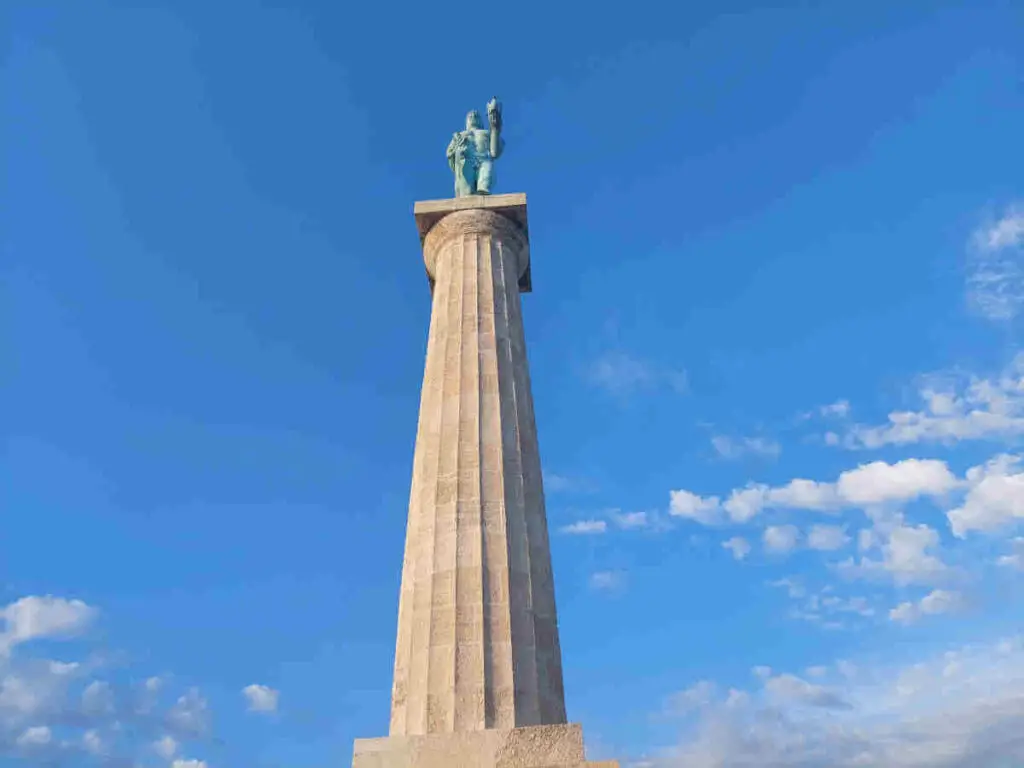
The Victor Monument was created by Ivan Meštrović, one of the most prominent sculptors of the 20th century. Born in Croatia, Meštrović was renowned for his work that often drew from classical traditions while incorporating modern elements. His creation of the Victor Monument is considered one of his most significant achievements. Another of Meštrović’s remarkable works in Belgrade is the Monument to the Unknown Hero on Mount Avala, a grand tribute to the unknown soldiers who died defending the city during World War I.
Conclusion
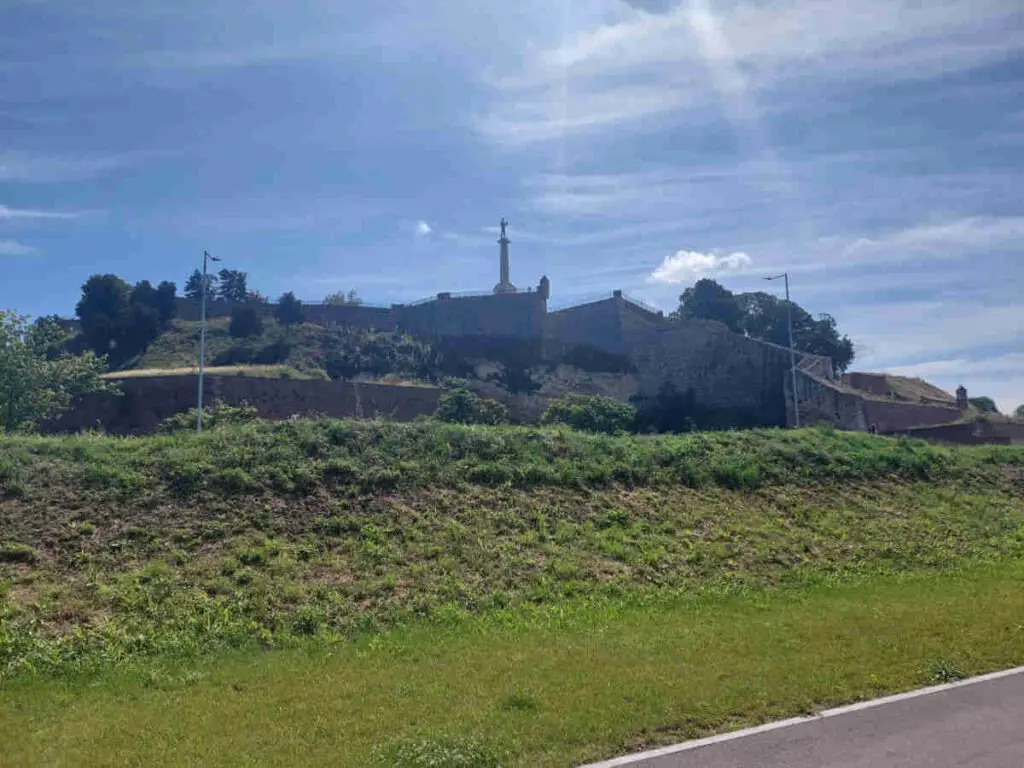
The Victor Monument is a must-see for anyone visiting Belgrade. The statue’s commanding position at Belgrade Fortress offers panoramic views of the city, making it a popular spot for both locals and tourists. The monument is often used as a backdrop for cultural events, photography, and as a meeting point for gatherings. Its image is frequently featured in promotional materials for Belgrade, underscoring its status as a symbol of the city’s identity. (source: Belgrade Fortress)
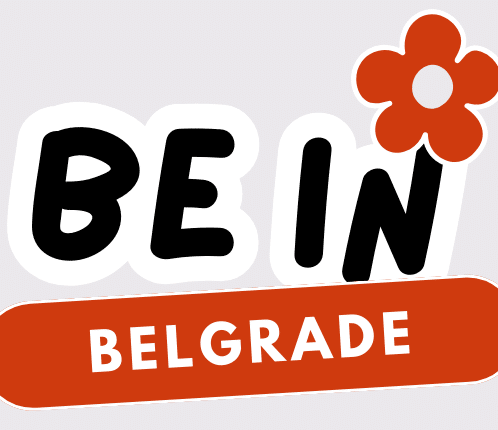
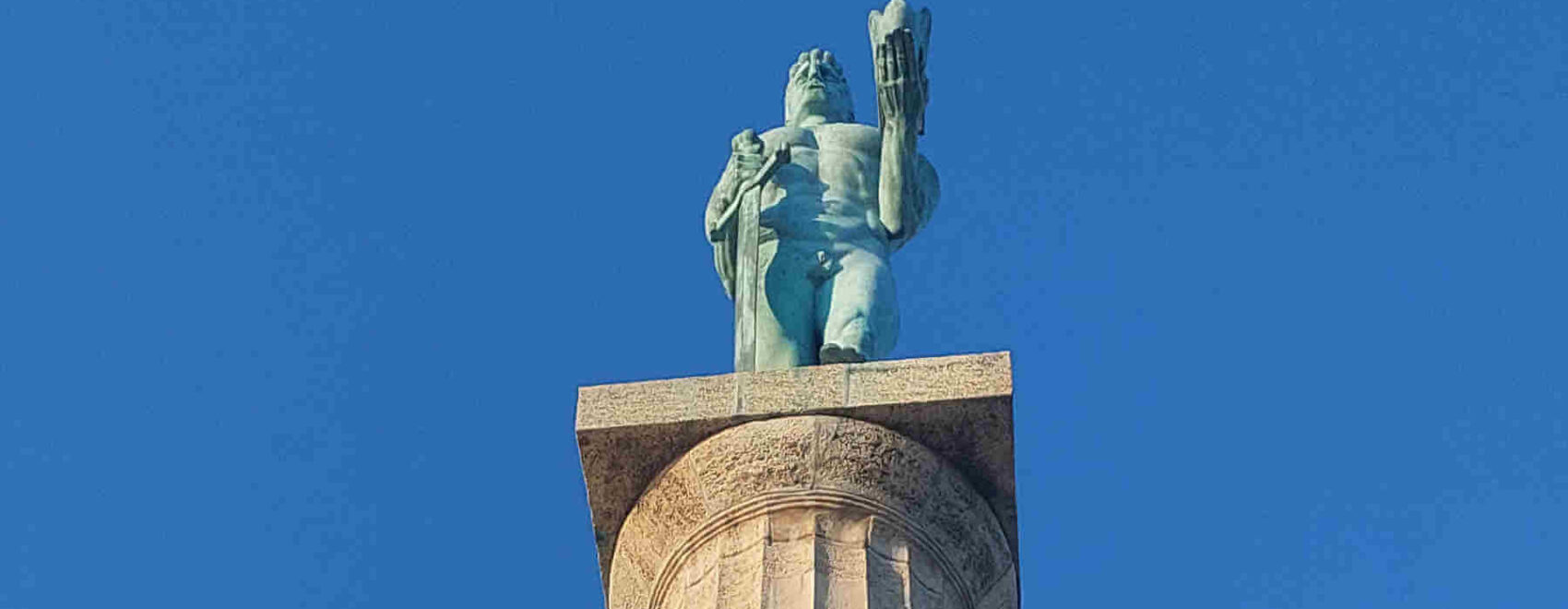
Leave a Reply